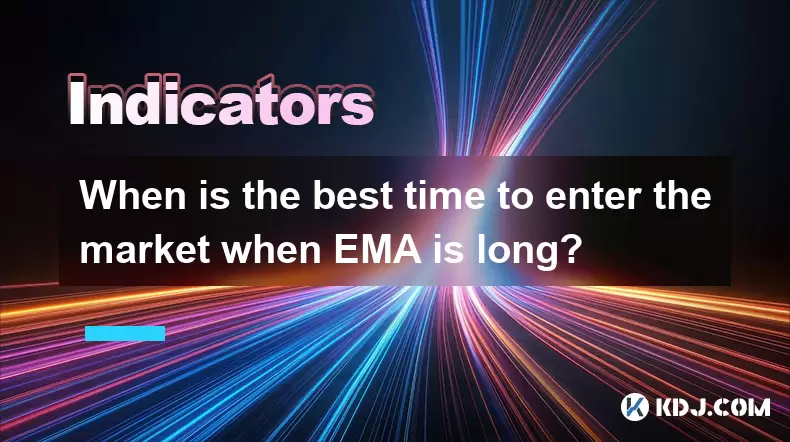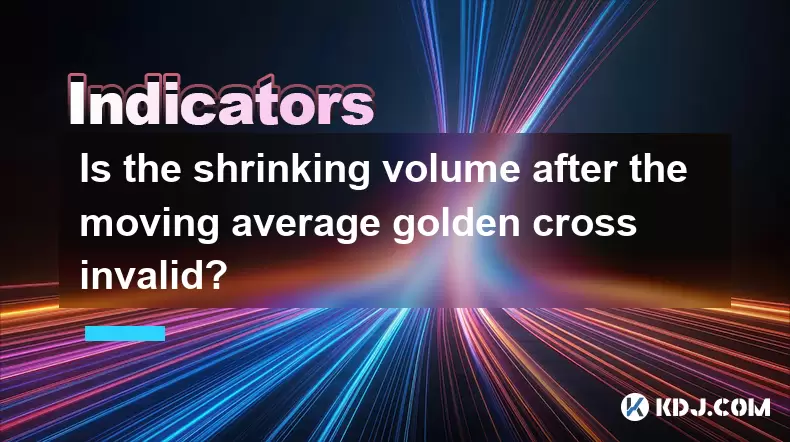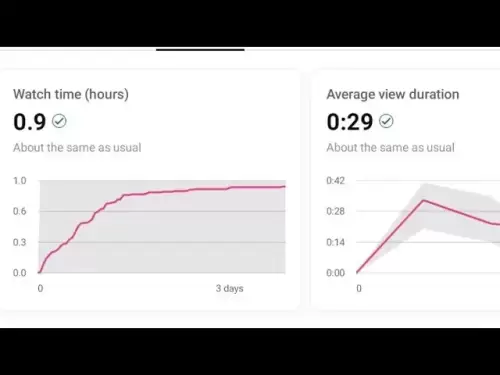-
 Bitcoin
Bitcoin $102,838.3669
-0.64% -
 Ethereum
Ethereum $2,288.9548
-5.70% -
 Tether USDt
Tether USDt $1.0003
0.01% -
 XRP
XRP $2.0782
-2.11% -
 BNB
BNB $632.3292
-1.65% -
 Solana
Solana $136.1959
-2.98% -
 USDC
USDC $1.0000
0.01% -
 TRON
TRON $0.2726
-0.11% -
 Dogecoin
Dogecoin $0.1566
-4.06% -
 Cardano
Cardano $0.5552
-5.18% -
 Hyperliquid
Hyperliquid $34.2720
-1.05% -
 Bitcoin Cash
Bitcoin Cash $466.8638
-1.20% -
 Sui
Sui $2.5776
-5.75% -
 UNUS SED LEO
UNUS SED LEO $8.9685
0.02% -
 Chainlink
Chainlink $12.0304
-5.11% -
 Stellar
Stellar $0.2375
-2.47% -
 Avalanche
Avalanche $16.9243
-3.74% -
 Toncoin
Toncoin $2.8539
-2.82% -
 Shiba Inu
Shiba Inu $0.0...01091
-4.04% -
 Litecoin
Litecoin $81.4197
-2.58% -
 Hedera
Hedera $0.1374
-5.25% -
 Monero
Monero $310.1410
-1.30% -
 Ethena USDe
Ethena USDe $1.0006
0.01% -
 Dai
Dai $1.0000
0.00% -
 Polkadot
Polkadot $3.2843
-5.48% -
 Bitget Token
Bitget Token $4.2110
-1.76% -
 Uniswap
Uniswap $6.4977
-7.96% -
 Pepe
Pepe $0.0...09321
-7.31% -
 Pi
Pi $0.5074
-6.27% -
 Aave
Aave $234.8342
-5.61%
When is the best time to enter the market when EMA is long?
Use the 50-day EMA to spot uptrends in crypto; enter on pullbacks or breakouts, and confirm with RSI and MACD for better market entry timing.
May 27, 2025 at 08:35 pm

When considering the best time to enter the market using the Exponential Moving Average (EMA) as a long-term indicator, it's crucial to understand how to effectively interpret and apply this tool. The EMA, a type of moving average that places a greater weight and significance on the most recent data points, can be a powerful ally in identifying optimal entry points in the cryptocurrency market.
Understanding the EMA
The EMA is calculated by applying a specific formula that gives more importance to recent price data. This makes it more responsive to new information compared to the Simple Moving Average (SMA). In the context of cryptocurrency trading, using a longer-term EMA, such as the 50-day or 200-day EMA, can help traders identify the general trend of an asset over time. When the price of a cryptocurrency is consistently above a long-term EMA, it is often considered to be in an uptrend, signaling a potentially favorable time to enter the market.
Identifying the Uptrend with EMA
To determine if the market is in an uptrend using the EMA, traders should look for the following conditions:
- The price of the cryptocurrency should be consistently above the long-term EMA. For instance, if you are using the 50-day EMA, the price should be trading above this line over an extended period.
- The EMA itself should be trending upwards. This indicates that the average price over the specified period is increasing, reinforcing the uptrend.
Best Entry Points During an Uptrend
Once you've confirmed that the market is in an uptrend using the long-term EMA, the next step is to identify the best entry points. Here are some strategies:
- Pullback Entry: A common strategy is to enter the market during a price pullback to the EMA. When the price temporarily dips to the level of the EMA but remains above it, this can be an excellent entry point. The rationale is that the price is likely to resume its upward trajectory after touching the EMA.
- Breakout Entry: Another strategy involves waiting for a breakout above a recent high following a period of consolidation. If the price breaks out and the long-term EMA continues to trend upwards, this can signal a strong entry point.
Using Additional Indicators for Confirmation
While the EMA is a powerful tool, combining it with other indicators can provide more robust signals for entering the market. Some traders use the following in conjunction with the EMA:
- Relative Strength Index (RSI): The RSI can help identify overbought or oversold conditions. Entering the market when the RSI is not in overbought territory (typically below 70) can increase the likelihood of a successful trade.
- MACD (Moving Average Convergence Divergence): The MACD can confirm the strength of the trend. A bullish crossover (when the MACD line crosses above the signal line) during an uptrend can be a good entry signal.
Practical Example: Entering the Market Using EMA
Let's walk through a practical example of how to enter the market using the EMA:
- Step 1: Choose the Cryptocurrency and Timeframe: Select the cryptocurrency you wish to trade and decide on the timeframe for your analysis. For this example, let's use Bitcoin (BTC) and a daily chart.
- Step 2: Plot the Long-Term EMA: Add the 50-day EMA to your chart. This will serve as your long-term trend indicator.
- Step 3: Monitor the Price Relative to the EMA: Observe the price action of Bitcoin relative to the 50-day EMA. If the price is consistently above the EMA and the EMA is trending upwards, you have confirmed an uptrend.
- Step 4: Identify a Pullback or Breakout: Wait for a price pullback to the 50-day EMA or a breakout above a recent high. For a pullback entry:
- Watch for the price to dip to the 50-day EMA.
- Ensure the price does not close below the EMA.
- Enter the market when the price bounces off the EMA and starts moving upwards again.
- Step 5: Confirm with Additional Indicators: Use the RSI and MACD to confirm your entry signal. If the RSI is below 70 and the MACD shows a bullish crossover, these additional indicators support your decision to enter the market.
Managing Risk and Setting Stop-Losses
When entering the market, it's essential to manage risk effectively. Here's how you can do that:
- Set a Stop-Loss: Place a stop-loss order just below the long-term EMA to limit potential losses if the price breaks down. For example, if you entered the market at a pullback to the 50-day EMA, set your stop-loss a few percentage points below the EMA.
- Position Sizing: Determine the size of your position based on your risk tolerance and the distance to your stop-loss. A common rule of thumb is to risk no more than 1-2% of your trading capital on a single trade.
Monitoring and Adjusting Your Position
After entering the market, it's crucial to monitor your position and adjust as necessary:
- Monitor the Price Action: Keep an eye on how the price behaves relative to the EMA. If the price continues to trend upwards and remains above the EMA, your position is likely to be profitable.
- Adjust Stop-Losses: As the price moves in your favor, consider adjusting your stop-loss to lock in profits. A trailing stop-loss can help you capture more gains while protecting against a reversal.
- Take Profits: Decide on your profit targets in advance. Some traders use technical levels, such as previous highs or resistance levels, as targets for taking profits.
Frequently Asked Questions
Q: Can the EMA be used effectively in volatile markets like cryptocurrencies?
A: Yes, the EMA can be particularly useful in volatile markets like cryptocurrencies because it reacts more quickly to price changes than the SMA. However, it's important to use it in conjunction with other indicators and risk management strategies to navigate the increased volatility effectively.
Q: What timeframe should I use for the EMA when trading cryptocurrencies?
A: The choice of timeframe for the EMA depends on your trading style. For long-term trading, a 50-day or 200-day EMA is often used. For shorter-term trading, you might consider a 20-day or even a 10-day EMA. The key is to align the timeframe with your trading goals and risk tolerance.
Q: How can I avoid false signals when using the EMA?
A: To avoid false signals, combine the EMA with other technical indicators like the RSI and MACD. Additionally, consider the overall market context and use proper risk management techniques, such as setting stop-losses, to mitigate the impact of any false signals.
Q: Is it possible to use multiple EMAs to improve trading decisions?
A: Yes, using multiple EMAs can provide a more comprehensive view of the market. For example, combining a short-term EMA (like the 10-day) with a long-term EMA (like the 50-day) can help identify both short-term trends and the overall direction of the market, potentially improving your entry and exit decisions.
Disclaimer:info@kdj.com
The information provided is not trading advice. kdj.com does not assume any responsibility for any investments made based on the information provided in this article. Cryptocurrencies are highly volatile and it is highly recommended that you invest with caution after thorough research!
If you believe that the content used on this website infringes your copyright, please contact us immediately (info@kdj.com) and we will delete it promptly.
- Bitcoin in Europe: France's Budding Romance with BTC
- 2025-06-22 12:45:12
- BNB Chain Altcoin Meltdown: Navigating the Storm and Spotting Opportunities
- 2025-06-22 12:45:12
- Inherited Riches: Rare Coin Collection Valued at £6,000 – Is Your Change Worth a Fortune?
- 2025-06-22 12:25:12
- Fiat-Backed Stablecoins, Tokenized Treasuries, and DeFi: A New York Minute on the Future of Finance
- 2025-06-22 12:25:12
- Pumpfun Token Launch Faces Crypto Backlash: A Billion-Dollar Gamble?
- 2025-06-22 12:50:12
- Pepe Coin Price Prediction: Crash Risk and What's Next for Frog-Themed Crypto
- 2025-06-22 13:05:13
Related knowledge

Does the second surge in the RSI overbought zone induce more?
Jun 22,2025 at 08:35am
Understanding the RSI Overbought ZoneThe Relative Strength Index (RSI) is a momentum oscillator commonly used in technical analysis to measure the speed and change of price movements. It ranges from 0 to 100, with values above 70 typically considered overbought and values below 30 considered oversold. When the RSI enters the overbought zone for the firs...

Does the sudden contraction of ATR indicate the end of the trend?
Jun 20,2025 at 11:14pm
Understanding ATR and Its Role in Technical AnalysisThe Average True Range (ATR) is a technical indicator used to measure market volatility. Developed by J. Welles Wilder, ATR calculates the average range of price movement over a specified period, typically 14 periods. It does not indicate direction—only volatility. Traders use ATR to gauge how much an ...

Is it invalid if the DMI crosses but the ADX does not expand?
Jun 21,2025 at 09:35am
Understanding the DMI and ADX RelationshipIn technical analysis, the Directional Movement Index (DMI) consists of two lines: +DI (Positive Directional Indicator) and -DI (Negative Directional Indicator). These indicators are used to determine the direction of a trend. When +DI crosses above -DI, it is often interpreted as a bullish signal, while the opp...

How to filter false signals when the SAR indicator frequently flips?
Jun 21,2025 at 08:43pm
Understanding the SAR Indicator and Its BehaviorThe SAR (Stop and Reverse) indicator is a popular technical analysis tool used in cryptocurrency trading to identify potential reversals in price movement. It appears as a series of dots placed either above or below the price chart, signaling bullish or bearish trends. When the dots are below the price, it...

Is the trend continuation when the Williams indicator is oversold but there is no rebound?
Jun 20,2025 at 11:42pm
Understanding the Williams %R IndicatorThe Williams %R indicator, also known as the Williams Percent Range, is a momentum oscillator used in technical analysis to identify overbought and oversold levels in price movements. It typically ranges from 0 to -100, where values above -20 are considered overbought and values below -80 are considered oversold. T...

Is the shrinking volume after the moving average golden cross invalid?
Jun 22,2025 at 10:42am
Understanding the Moving Average Golden Cross in CryptocurrencyIn the world of cryptocurrency trading, technical indicators play a crucial role in decision-making. One such indicator is the moving average golden cross, which occurs when a short-term moving average crosses above a long-term moving average, typically signaling a bullish trend. This event ...

Does the second surge in the RSI overbought zone induce more?
Jun 22,2025 at 08:35am
Understanding the RSI Overbought ZoneThe Relative Strength Index (RSI) is a momentum oscillator commonly used in technical analysis to measure the speed and change of price movements. It ranges from 0 to 100, with values above 70 typically considered overbought and values below 30 considered oversold. When the RSI enters the overbought zone for the firs...

Does the sudden contraction of ATR indicate the end of the trend?
Jun 20,2025 at 11:14pm
Understanding ATR and Its Role in Technical AnalysisThe Average True Range (ATR) is a technical indicator used to measure market volatility. Developed by J. Welles Wilder, ATR calculates the average range of price movement over a specified period, typically 14 periods. It does not indicate direction—only volatility. Traders use ATR to gauge how much an ...

Is it invalid if the DMI crosses but the ADX does not expand?
Jun 21,2025 at 09:35am
Understanding the DMI and ADX RelationshipIn technical analysis, the Directional Movement Index (DMI) consists of two lines: +DI (Positive Directional Indicator) and -DI (Negative Directional Indicator). These indicators are used to determine the direction of a trend. When +DI crosses above -DI, it is often interpreted as a bullish signal, while the opp...

How to filter false signals when the SAR indicator frequently flips?
Jun 21,2025 at 08:43pm
Understanding the SAR Indicator and Its BehaviorThe SAR (Stop and Reverse) indicator is a popular technical analysis tool used in cryptocurrency trading to identify potential reversals in price movement. It appears as a series of dots placed either above or below the price chart, signaling bullish or bearish trends. When the dots are below the price, it...

Is the trend continuation when the Williams indicator is oversold but there is no rebound?
Jun 20,2025 at 11:42pm
Understanding the Williams %R IndicatorThe Williams %R indicator, also known as the Williams Percent Range, is a momentum oscillator used in technical analysis to identify overbought and oversold levels in price movements. It typically ranges from 0 to -100, where values above -20 are considered overbought and values below -80 are considered oversold. T...

Is the shrinking volume after the moving average golden cross invalid?
Jun 22,2025 at 10:42am
Understanding the Moving Average Golden Cross in CryptocurrencyIn the world of cryptocurrency trading, technical indicators play a crucial role in decision-making. One such indicator is the moving average golden cross, which occurs when a short-term moving average crosses above a long-term moving average, typically signaling a bullish trend. This event ...
See all articles
























































































